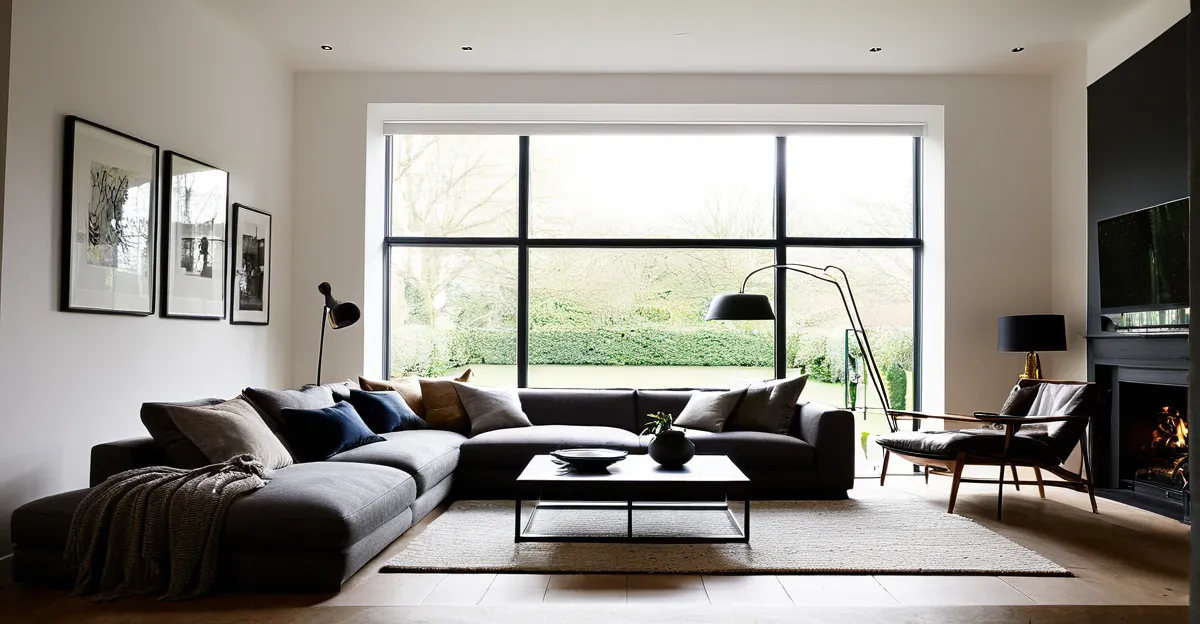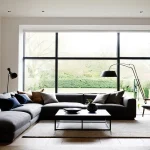Key Characteristics of British Interior Design That Impact Well-being
British interior design features often emphasize traditional color palettes, including soft blues, muted greens, and warm neutrals. These colors are psychologically linked to calming effects, reducing anxiety and promoting mental well-being. The thoughtful selection of color profoundly influences the emotional atmosphere in a space, fostering relaxation and peace of mind.
Textures and natural materials are integral to British interiors, bringing tactile comfort and a connection to nature indoors. Materials such as wool, linen, and natural wood add warmth and softness, enhancing sensory comfort. This use of texture supports psychological influence by making environments feel nurturing and inviting.
Also read : What are the best ways to enhance UK home security?
Layouts in British design prioritize cosiness and relaxation. Rooms are arranged to create intimate spaces where people can unwind comfortably. This approach reduces visual clutter and encourages a sense of order, which is crucial for mental well-being. Together, these elements establish environments that not only look pleasing but also support stress reduction through familiar and comforting design.
Psychological Benefits of British Design Elements
British interior design elements offer clear psychological benefits that promote improved mental health. Research shows that environments influenced by familiar British design motifs support emotional security and reduce anxiety. These motifs, often traditional and understated, create a comforting backdrop that feels both stable and welcoming.
This might interest you : How can lighting transform the ambiance of a UK living room?
A key benefit lies in the thoughtful use of light, space, and order. Well-lit rooms with uncluttered layouts minimize sensory overload, helping occupants feel calm and focused. Natural light, in particular, has been linked to elevated mood and reduced stress, making it a vital component of British interiors designed for mental well-being.
The psychological influence of British interior design features extends to how they support routine and predictability. When spaces are arranged in coherent and harmonious ways, users experience less mental fatigue. This sense of order reconnects individuals to a reassuring daily rhythm, which is crucial for sustaining long-term mental health.
In summary, British design elements work synergistically to create environments that nurture the mind. From comforting motifs to smart use of light and layout, these features significantly contribute to enhanced mental well-being.










